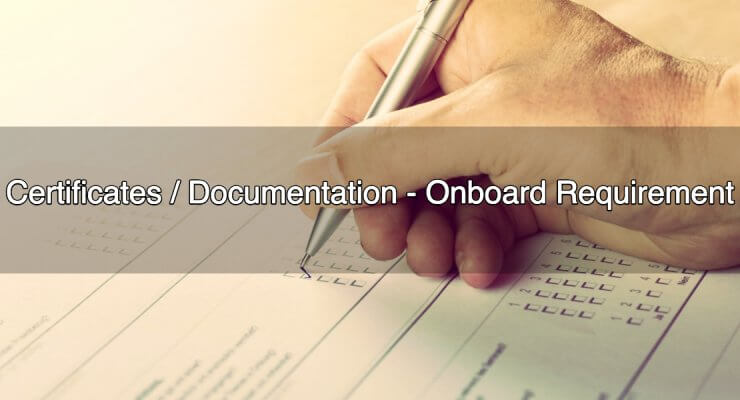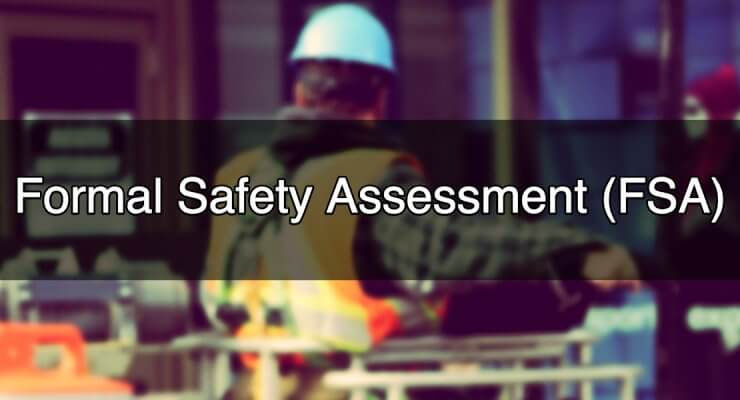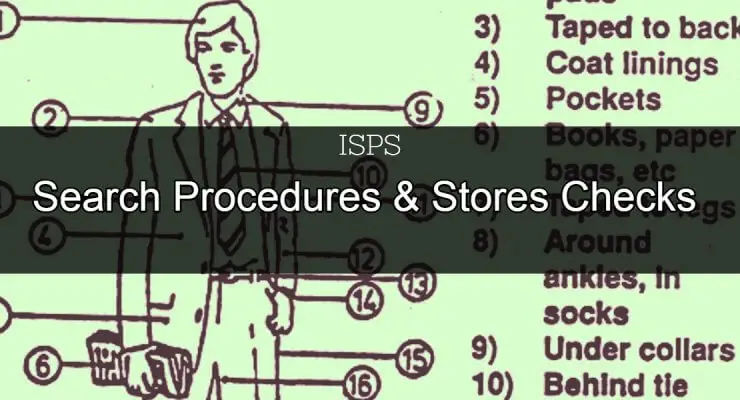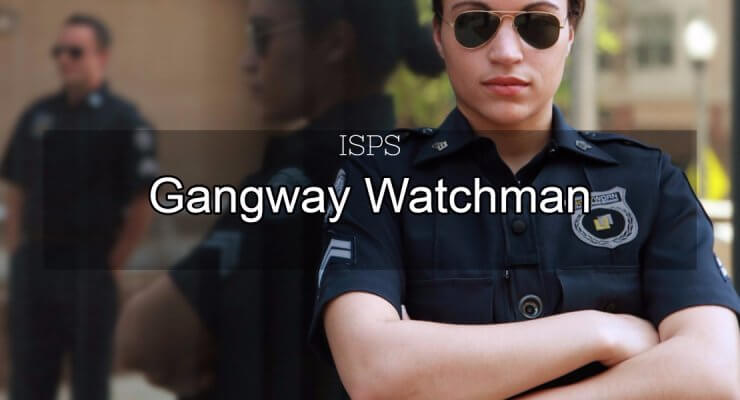Certificates and Documentation - For All Ships *Originals OnboardInternational Tonnage Certificate (1969) International Loadline Certificate International Loadline Exemption Certificate Intact Stability Booklet Damage Control Plans and booklets Minimum Safe Manning Document Fire Safety Training Manual Fire Control Plan / Booklet Onboard Training and Drill Records Fire Safety Operational Booklet Certificate for Masters, Officers and Ratings International Oil Pollution Prevention Certificate Oil Record Book Shipboard Oil Pollution Emergency Plan … [Read more...]
Archives for July 2017
Formal Safety Assessment (FSA) – Guidelines for use in IMO Rule Making Process
Historic Background for FSANuclear Industry in the 60s: Probabilistic Safety Assessments Chemical Industry in the 70s: QRA, Seveso Directive I and II Offshore Industry in the 80s: QRA, Industrial Self Regulation Regime in Norway, Safety Case Regime in UK Shipping Industry in the 90s: FSA1992: UK House of Lords, Lord Carver Report 1993, MSC 62: UK proposes FSA concept 1997, MSC 68: FSA Interim Guidelines 2001, MSC 74: FSA GuidelinesDefinition Formal Safety Assessment or FSA is a structured and a systematic methodology aimed at enhancing Maritime Safety … [Read more...]
Search Procedures & Stores Checks – ISPS (Merchant Ships)
All Stores & Supplies to vessel must be checked for content & Security. The Checks should so far as possible be carried out before the items are taken on board. If Unaccompanied luggage or bags are received, they must be checked prior moving them into the accommodation. The Designated area for searching them is on the main deck, adjacent midship stores. The Diagrams illustrate various places that Male & Female visitors could use to smuggle weapons or other harmful devices into the vessel. The following method is to be adapted to Search Visitors: The visitor … [Read more...]
Duties of Gangway Watchman – Merchant Ships
The gangways are manned by a watchman who is responsible to the SSO or OOW. Primary responsibility of a Gangway Watchmanto control access to the ship, control of people and equipment to and from the vessel, searching of personnel and/or baggage, reporting of security incidents or breaches.Additionally, Gangway watchman must be trained for belowGangway access point ALWAYS MUST BE MANNED. If somebody from ship’s staff call for another duty, must be sure, that reliever is available at the gangway. Those on gangway duty must not leave the station until properly … [Read more...]



